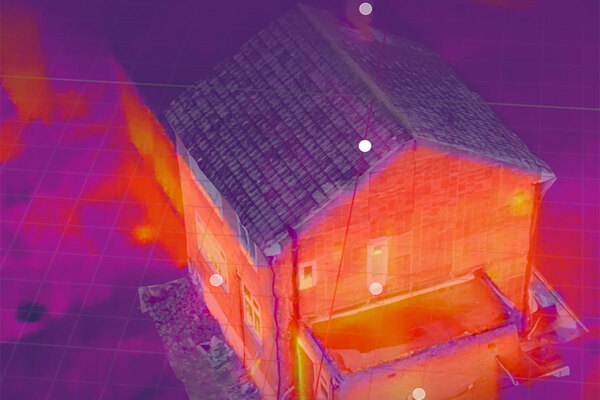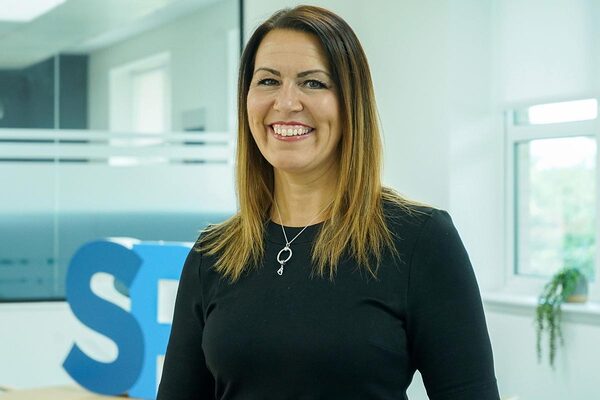Award
2022 Finalists
Who do you think should win the Inside Housing Innovation Week Award 2022?
The Inside Housing Innovation Week Award recognises a social housing organisation using technology and the Internet of Things to improve lives, solve problems and deliver genuine benefits to communities.
The winner receives £10,000 to support the initiative.
The final member of our expert judging panel is the public – your vote will help determine who wins the prize.
Our finalists are listed below, along with summaries of their projects and their short video pitches.
Once you’ve decided who you think should win, click on the link to cast your vote.
The winner will be announced during Inside Housing Innovation Week, which runs from Monday 7 to Friday 11 November 2022.
This year’s finalists
Onward Homes: Improving communication with customers through an automated customer solution
During the covid-19 lockdowns, staff at Onward used technology to check on the welfare of their customers, and it’s an approach the organisation is now seeking to roll out more widely. The plan to use an automated messaging service to foster improved communication with residents. The service makes it possible to automatically make calls and send texts to customers: during lockdown, more than 90,000 contact attempts were made in this way and there was an engagement rate of over 25%. It is hoped a similar approach could now be applied more generally – using the automated solution to support residents with everyday tenancy issues, so increasing efficiency and enabling resources to be speedily directed to where they are needed most.
Onward Homes: Using data analytics to help identify ‘at risk’ tenancies, enabling earlier support
Teams at Onward have developed a data model to help them understand which residents are most at risk of having to terminate their tenancies – and now hope to refine it and roll it out more widely. The model uses data such as household composition, historic arrear levels, geography and customers’ interaction preferences to calculate the likelihood they will be able to sustain their tenancy. Where it suggests a tenancy is at risk of terminating, neighbourhood teams can proactively lend support. The ultimate aim is to intervene early when someone is starting to struggle, so keeping customers in their homes and communities for longer and reducing the number of void properties.
Places for People: Using technology to deliver interactive and supportive community activities
In September, Places for People will reopen the Ermine Community Centre – a social value project in West London – and is seeking to ensure it is a technologically-enabled community hub. The centre is based at the heart of the 600-home Meadows estate in Hounslow, and will deliver activities such as parenting groups, exercise classes, community cooking and digital inclusion sessions. Early next year, the Places for People team hopes to install technology such as a projector and screen to help make sessions are engaging and accessible as possible. A large programme of activity around energy and food support is planned, to help residents deal with the rapidly escalating cost of living crisis.
Raven Housing Trust: Using digital systems to improve asset management and resident communication
Many of the queries Raven Housing Trust receive from residents revolve around asset management plans: for example, when they are likely to get a new bathroom, kitchen, windows or doors in their home. Lack of such up-to-date information can result in customer dissatisfaction and frustration. The Trust has already developed a software solution which helps staff more easily create asset management plans, and it would now like to develop a solution to share that information with customers via an online portal. The idea is to keep residents in the loop about plans, to reduce the number of queries, and to enable them to easily communicate about their preferences for any new work.
RHP Group: Creating a single source and ‘golden thread’ of data
Data is key to so much of a housing association’s work, but often is fractured across multiple systems – a particular issue when it comes to building safety. At RHP Group, the Rewire transformation programme is aiming to change that via an integrated system that gives one view of information about the customer and their home. Staff at the group would now like to run a prototyping and research activity with other housing associations to help build the fire and building safety module within the system. The hope is to share best practice in creating a solution which offers a golden thread of information about building safety.
Thorngate Churcher Trust: Using fire sensors to monitor health and wellbeing
Falling is a key cause of injury, loss of independence and mortality in the over-65s. At Thorngate Churcher Trust, staff would like to investigate using fire sensors to help reduce the risk of falls among their residents – the organisation provides 124 housing units for older people and a 44-bed care home for people with dementia. The devices have infrared temperature sensors as well as a connection to the internet, so the hope is that as well as protecting against fire they could be used to help monitor and support wellbeing. Data from the sensors would be pulled together in software which allowed staff to react to trends and offer support before problems occur.
EVENT INFORMATION
- 26 February - 1 March
- 2024





#innovatehousinguk